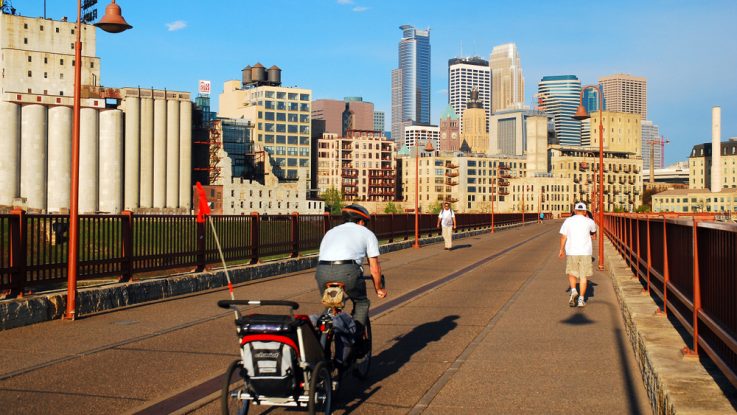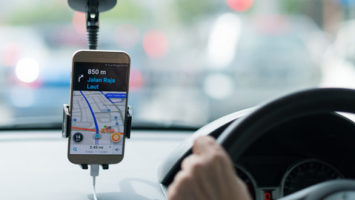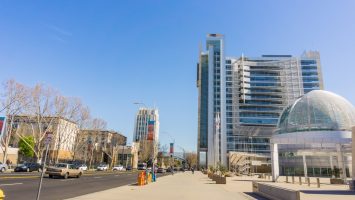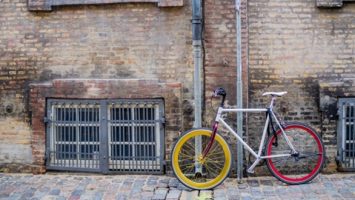
The state of Minnesota has been offering Bikeable Community Workshops since 2012 – with 28 communities having achieved the designation of Bicycle Friendly Community since the program’s inception. The workshops were inspired by a Michigan program called ‘Training Wheels’ that helps communities provide on-road bike facilities. Bicycle Alliance of Minnesota (BikeMN), the Minnesota Department of Transportation (MNDoT), and the Minnesota Department of Health have partnered to offer the workshops.
“We took [Michigan’s process] and made it bigger. We focus on the benefits of biking, bike education, and biking as transportation as well as biking as public health — a way to get physical activity in daily life,” explains Nick Mason, deputy director BikeMN. “Our goal in this partnership is working through policy systems and environmental change to make long term impacts.”
In order to host a community workshop, cities have to go through an application process, along with written support from an elected official and a city engineer.
The workshop begins with a bike ride through the community, designed by BikeMN to highlight both the biking achievements the city has made as well as areas that could use improvement. Participants then work on idea generation and six- and 12-month action plans focused on what they call the Six E’s: engineering, evaluation, education, enforcement, encouragement, and equity.
“The whole idea is building up local community teams so that they can make the change. We’re there, but we’re leaving. What can we do to make things move forward when the workshop is done?” Mason says.
MNDoT focuses on “sharing resources on engineering and how communities can think about different resources that make it easier for people to bike,” says Jake Rueter, a bicycle and pedestrian planner with MNDOT. “We talk about reinforcing positive behaviors and touch on how teachers, coaches, parents, mentors and peers can work together to establish a culture of what it means to be a person who bikes safely.”
“The reason we got involved in this work is because we know that when we think about … health outcomes, we know that a community in which a person lives, the built environment that makes it up is a huge factor in whether or not someone has the opportunities to live a healthy life,” says Emily Smoak, a principal planner at the Minnesota Department of Health. “By focusing on the transportation part of living an active life, you’re able to find shared goals.”


